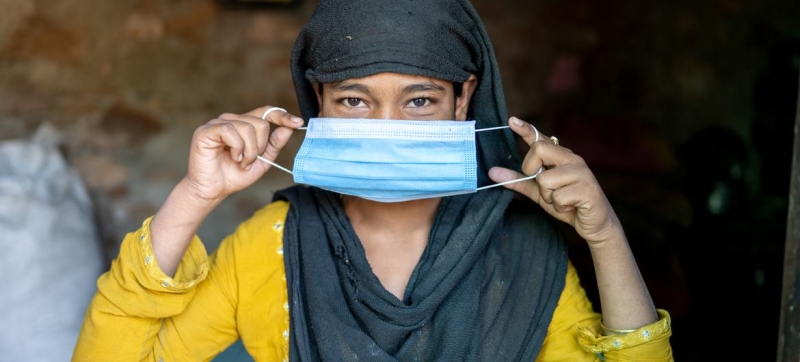
Many millions of people on Earth already live with chronic diseases caused by bad air. Air pollution has become the second leading risk factor for death in the world Climate and Environment
Air pollution has an increasing impact on people’s health, becoming the second leading global risk factor for death. This is stated in the fifth edition of the State of Global Air report.
A report released Tuesday by the Health Effects Institute found that air pollution was responsible for 8.1 million deaths worldwide in 2021. Many millions of people around the world already live with chronic diseases linked to poor air, placing enormous strain on health systems, economies and societies.
The report, produced for the first time in partnership with UNICEF, says children under five are particularly vulnerable. In 2021, exposure to air pollution was linked to more than 700,000 deaths among children this age, making it the world’s second-leading risk factor for this age group after undernutrition. 500,000 of these child deaths were attributed to household air pollution due to indoor cooking with hazardous fuels (such as coal)—mostly in Africa and Asia.
Fatal Pollutants
The report provides a detailed analysis of newly released 2021 Global Burden of Disease Study data that shows serious impacts on human health worldwide pollutants such as fine particulate matter (PM2.5), ozone (O3) and nitrogen dioxide (NO2).
More than 90 percent of the world’s air pollution deaths—7.8 million—are attributed to PM2.5 air pollution. These tiny particles, less than 2.5 micrometers in diameter, are so small that they accumulate in the lungs and can then enter the bloodstream, damaging organs and increasing adults’ risk of heart disease, stroke, diabetes, lung cancer and chronic obstructive pulmonary disease. According to the report, the presence of PM2.5 is the most accurate indicator of poor environmental conditions.
Air Pollution and Climate Change
PM2.5 air pollution comes from the burning of fossil fuels and biomass in industries such as transportation, construction, coal-fired power and industry, and from wildfires. These emissions not only affect human health, but also contribute to the formation of greenhouse gases, which lead to warming of the planet. The most vulnerable populations are disproportionately affected by both climate hazards and air pollution.
Long-term ozone exposure caused 489,518 deaths worldwide in 2021 . As the planet continues to warm due to the effects of climate change, areas with high NO2 levels can expect ozone levels to rise, leading to even more negative health effects.
Children’s health
Children are especially vulnerable to air pollution. The harm from it can be felt in the womb, and the health effects can last a lifetime. For example, children inhale more air per kilogram of body weight and absorb more pollutants than adults while their lungs, bodies, and brains are still developing.
Exposure air pollution on young children is linked to pneumonia, which is responsible for one in five child deaths worldwide, and asthma, the most common chronic respiratory disease in older children. Air pollution-related mortality among children under five in Eastern, Western, Central and Southern Africa is 100 times higher than their peers in high-income countries.
